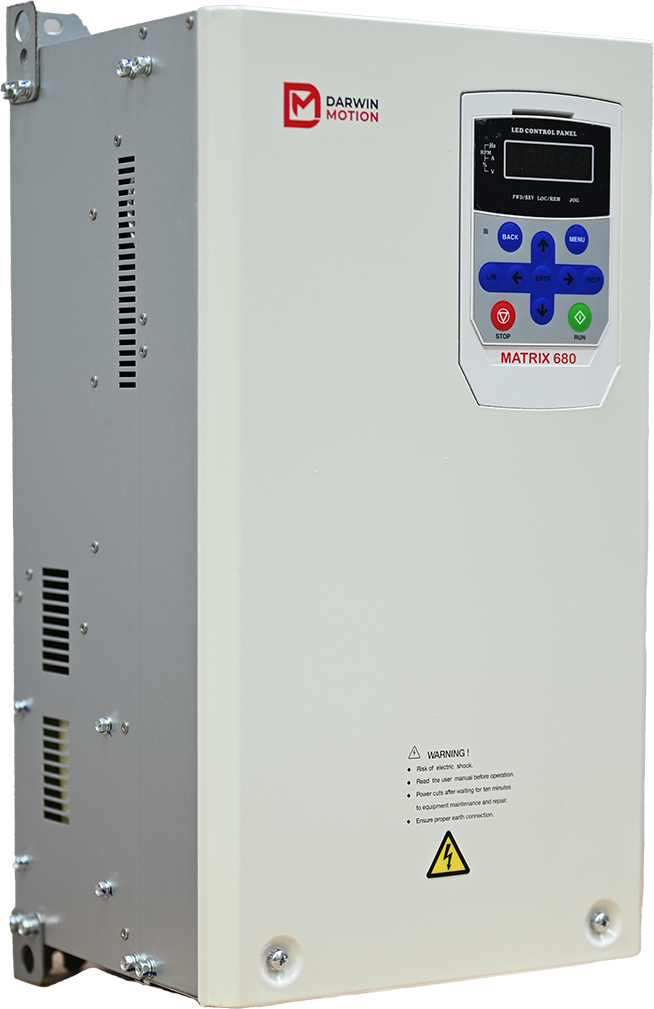Posted on 22nd Aug 2024

In the quest for optimizing energy consumption and improving operational efficiency, Variable Frequency Drives (VFDs) have emerged as a game-changing technology in the realm of pumping systems. These devices not only enhance performance but also contribute significantly to energy savings and operational flexibility. This article delves into how VFDs work, their benefits, and best practices for their implementation in pumping systems.
A Variable Frequency Drive is an electronic device used to control the speed and torque of an electric motor by varying the frequency and voltage of the power supplied to the motor. This capability allows VFDs to adjust the motor speed to match the demand of the system, which is particularly beneficial in pumping applications.
In a typical pumping system, the pump’s speed is often fixed, which means that even when the demand for fluid varies, the pump continues to operate at a constant speed, potentially wasting energy. By integrating a Darwin Motion VFD, the pump can operate at varying speeds according to the specific needs of the system, leading to more efficient energy use.
Energy Efficiency: One of the most significant advantages of VFDs is their ability to reduce energy consumption. Traditional pumps operate at full speed regardless of demand, which can lead to significant energy wastage, especially in systems where flow requirements vary. VFDs adjust the pump speed in real time, thereby matching energy consumption to actual needs. This can lead to substantial energy savings, often ranging from 20% to 50%, depending on the application.
Cost Savings: Lower energy consumption translates directly into reduced operational costs. Additionally, VFDs can help extend the lifespan of pumps and motors by reducing mechanical stress, leading to lower maintenance costs and fewer replacements.
Improved Process Control: VFDs allow for precise control over pump speed and flow rates. This flexibility is beneficial in processes where accurate flow and pressure control are essential. For example, in water treatment plants, VFDs can help maintain consistent pressure and flow, improving overall process stability and product quality.
Reduced Mechanical Wear: By starting and stopping the pump gradually and operating at variable speeds, VFDs reduce the mechanical stress on pumps and associated equipment. This gentle operation minimizes the wear and tear on components, contributing to longer equipment life and fewer breakdowns.
Noise Reduction: Pumps operating at lower speeds generate less noise. In applications where noise is a concern, such as in residential or commercial buildings, VFDs can help reduce noise levels by adjusting the pump speed to the minimum required for the task.
System Assessment: Before installing a VFD, conduct a thorough assessment of the existing pumping system. Analyze flow and pressure requirements, as well as energy consumption patterns. This assessment will help determine the appropriate VFD specifications and settings.
Proper Sizing: Ensure that the VFD is correctly sized for the motor and the application. An undersized VFD may not handle the load properly, while an oversized one may lead to unnecessary costs. Consult with a professional to select the right solar drive based on the specific needs of your system.
Installation and Calibration: Follow the manufacturer’s guidelines for installation to ensure optimal performance. Proper calibration is essential for achieving the desired energy savings and operational efficiency. Incorrect settings can negate the benefits of the VFD.
Regular Maintenance: Like any other component, high frequency drive require regular maintenance to ensure they function correctly. Routine checks and servicing can prevent potential issues and extend the lifespan of the drive.
Training and Support: Provide training for operators and maintenance personnel to ensure they understand how to use and maintain the VFD properly. Ongoing support from the manufacturer or a professional service provider can also be valuable.
Variable Frequency Drives represent a significant advancement in the control and efficiency of pumping systems. By allowing for variable speed operation, VFDs offer a host of benefits including energy savings, cost reduction, and enhanced system performance. Adopting ac drive technology is not only a smart move for improving operational efficiency but also a step towards more sustainable and cost-effective energy management. Embracing best practices in the selection, installation, and maintenance of VFDs help maximize their advantages and contribute to the overall success of modern pumping systems